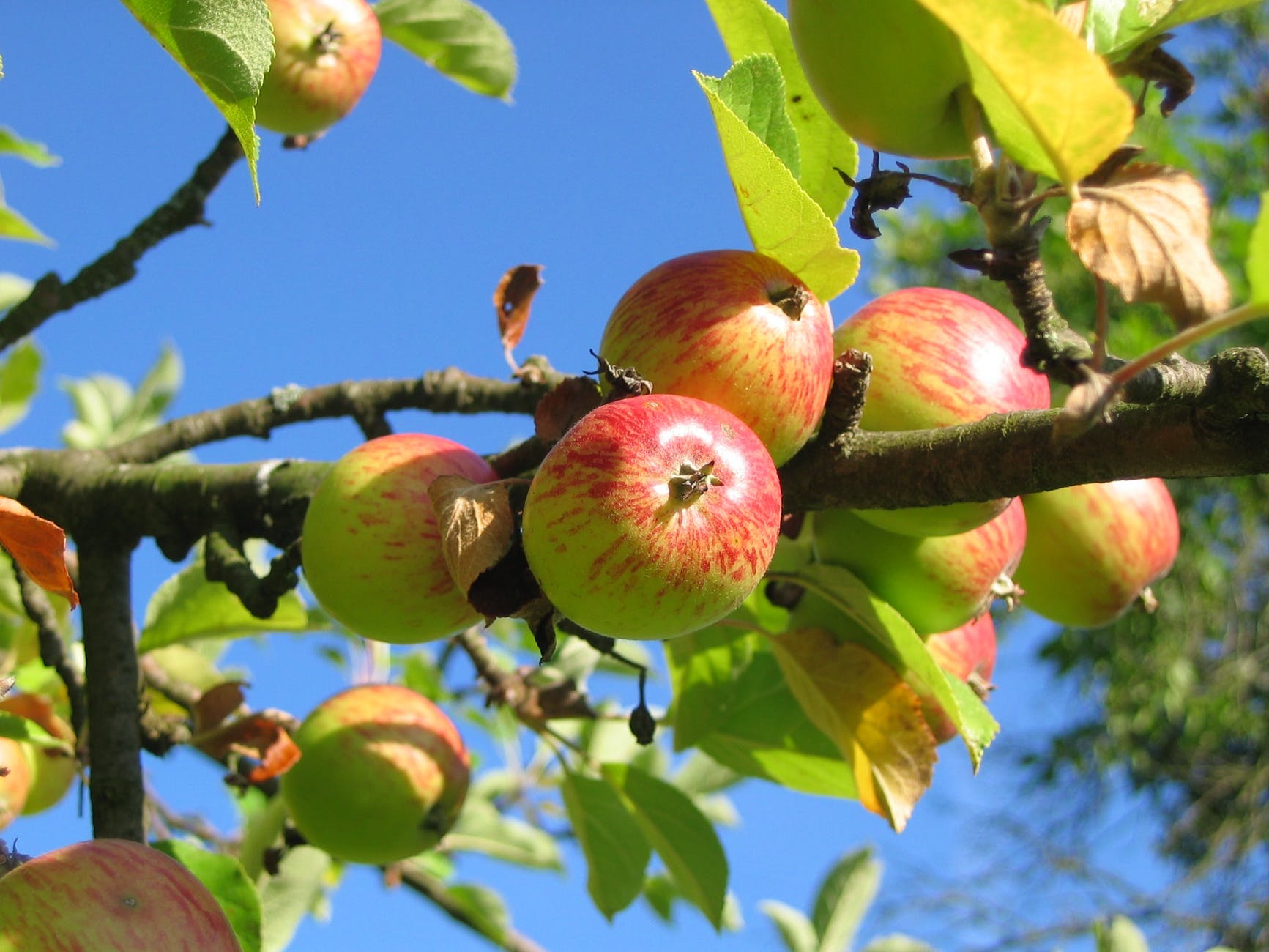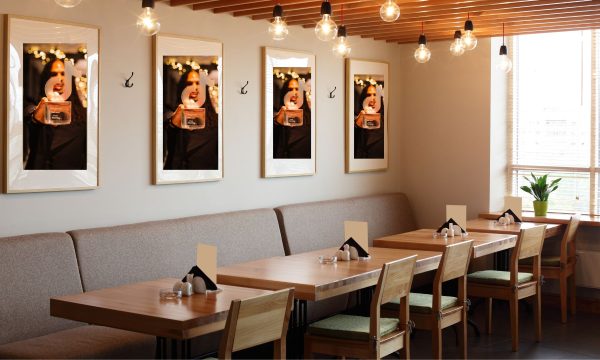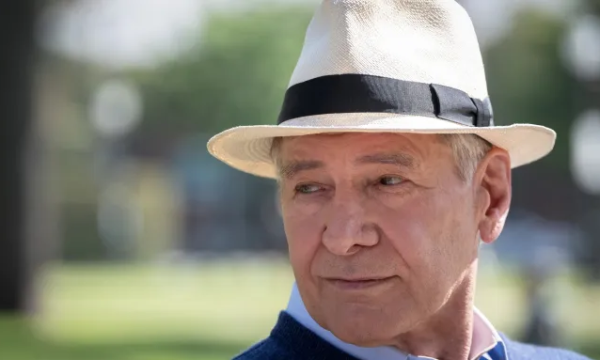For my countdown to Earth Day and my final PART III of my fruit tree series with Ed Laivo, we learn about various types of trees, from avocado to apple, pear and prune trees…
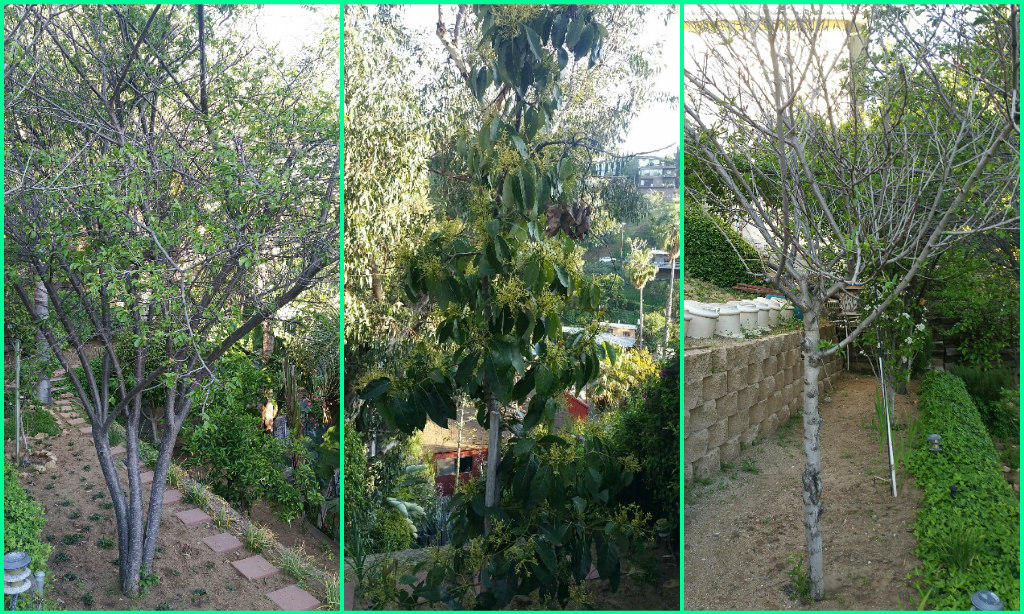
(L-R, Prune and Avocado tree)
I have 2 Prune trees, one which gave fruits and the birds got to it… and one that never gave fruit, after 8 years in the ground:
The European Plum (Prunes)- these have a higher chill requirement than the Japanese plum varieties. There are some cases where a higher chill variety of fruit will eventually (after many years) produce fruit in lower chill zones. But this is variety specific and not common. The exception is apples, most apple varieties that are listed with higher chill requirements set perfectly well in low chill.
As far as birds getting the fruit- covering or netting the tree is the most effective way to keep birds out. This is most conveniently done on a tree that has been sized controlled. In time many of the pests that we deal with may be deterred by different methods of covering fruit trees. But practicing size control is the first step.
One Pear tree gives me 2 or 3 pears every year:
In this case we could be dealing with a chill problem or a pollination problem- there are a number of low chill pear varieties available such as Fan-Stil, Hood, Kieffer and Orient, these are all self-fruitful and do not require a pollinator. These are most often available from specialty nurseries and not readily available. The most common Pears sold all require a pollinator- Bartlett, Bosc, Comice and D’Anjou are the most common pears sold. All are higher chill and do not set well in low chill zones.
One Apple tree gives very small apples but consistently. What can be done to improve the size?
Thinning is important and will improve size- thinning fruit trees is one of the most important jobs done to a consistently productive fruit tree. Removing and spacing fruit to give room to gain size and to reduce the demand on the tree all are key to improving size. Check out Nature Hills Video on thinning fruit trees https://www.youtube.com/watch?v=wiog14Z5jRg
Inconsistent watering can affect fruit size- the best solution to applying and adjusting consistent volumes of water to your trees is to have an irrigation system that is set to a clock. Simply use your finger for testing the soil to be assured that the tree is getting adequate water. If the soil in moist to the touch adjust your watering time. This is your responsibility and unique to your yard. All plants are different as to what their water needs will be in any given location. The goal is “How Little Water Does It Take to Keep This Trees Healthy and Productive in My Yard.”
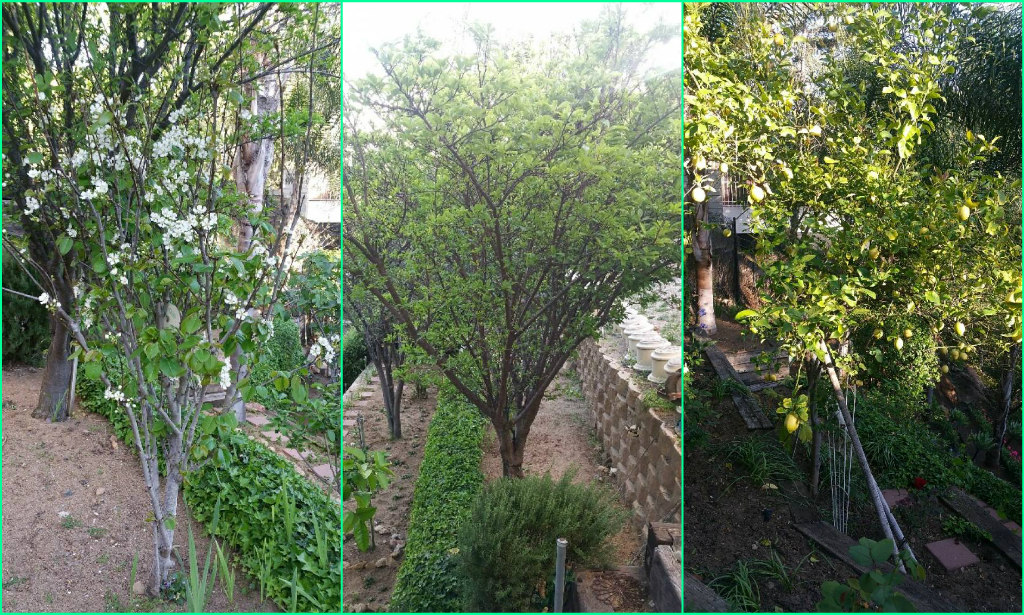
(L-R, Pear tree, Prune Tree, Lemon Tree)
Mulching will improve the moisture retention- a layer of mulch 3 to 4 inches deep and spread 2 to 3 feet outside the canopy will improve the moisture retention in the soil and keep the root cool in the hot summer. This should also increase the time between watering and decrease the trees overall water needs
Fig Tree does Very Well- Fig trees are widely adapted; different varieties are grown for different climates. For instance, the majority are adapted to zones 9 – 10. Many varieties producing 2 crops a season
The Breba crop- Fruit produced from dormant buds that did not fruit the previous season, one of the most noted varieties for this is the Desert King or King Fig
The Main crop- Ripening later in the season.
For the humid southern climates- varieties are selected with closed eyes (the opening at the bottom of the fig)
For Colder Climates- figs are selected for their main crop and ability to die back and re-sprout after winter. Most often cut back and protected with straw during the winter.
Two Grapes which produced three years ago and nothing since:
The odds are again that the varieties are not suited to your area. Although grape typically have a low chill requirement the most popular varieties like the Thompson Seedless and Flame Seedless have high heat requirements that means temperatures in the 90’s with lower humidity’s are preferred for good fruit set and flavor.
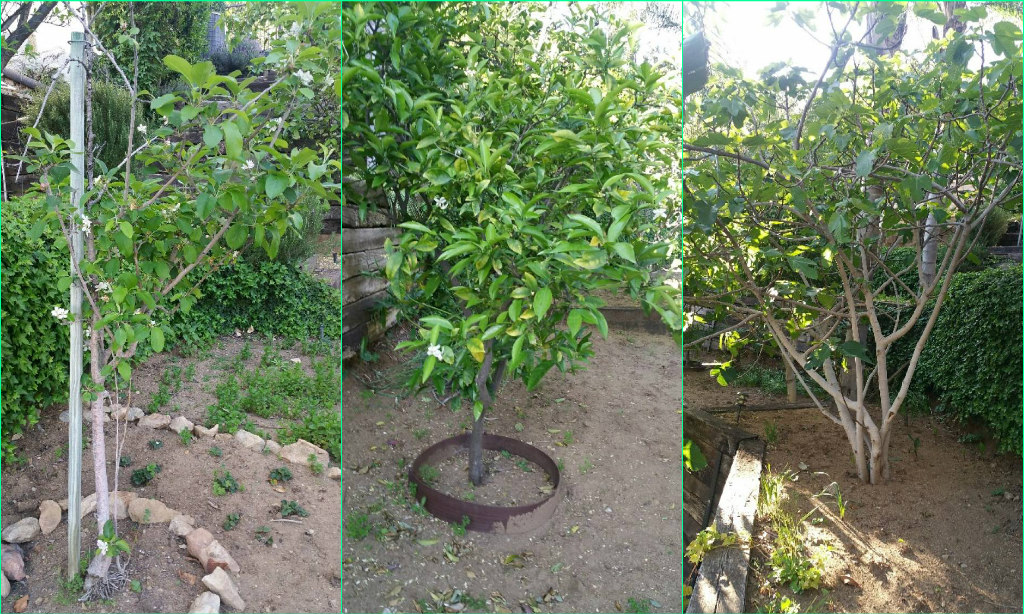
(L-R) Apple tree, Orange Tree, Prune tree)
One Avocado Tree, only gave one fruit 2 years ago:
The Avocado tree grown in zones 10 and 11 will require a pollinating variety. In these zones Avocados are divided into flowering types A and B. To produce fruit an A flower must be in proximity of a B flowering type. Good nurseries will have the flower type listed on the label. https://www.naturehills.com/hass-avocado-trees
In colder climates there is no need for a pollinator-the colder climates of zone 9 set out of balance the flowering cycle of the Avocados and more often make a pollinating variety unnecessary.
It is not uncommon for a grafted Avocado to take 4 to 5 years to set fruit. Seedling can take much longer.
Cick Here…


